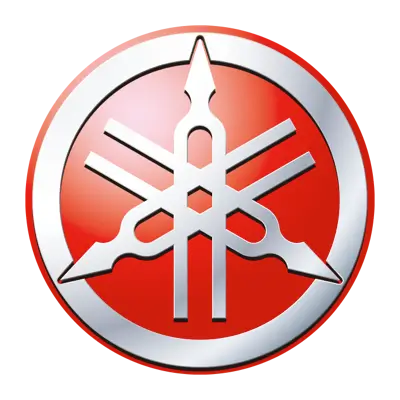![Yamaha: Zero motorcycle accidents by 2050, here’s how it plans to do it 01]()
In an international media briefing held last November 11, 2022, Yamaha Motor Co. Ltd. (YMC) announced their new corporate direction which aims to significantly reduce the incidence of motorcycle crashes, with the goal of achieving zero accidents by 2050. It may seem like a tall order but YMC has a comprehensive plan on how to go about it.
In his presentation, YMC President and CEO Yoshihiro Hidaka shared that there is a slowly increasing trend in the number of fatal motorcycle accidents from 1990 to 2020. To address this, YMC launches their 2030 vision: ART for Human Possibilities – Advance Robotics, Rethink Solutions, Transform Mobility.
YMC Senior Executive Officer and Director - Chief General Manager of Technical Research and Development Center Heiji Maruyama shared that 41% of motorcycle-related accidents are caused by car drivers’ “Recognition errors” while motorcycle riders’ own recognition errors make up 10% (based on traffic investigation data of five European countries). Further, 17% of crashes are caused by motorcycle riders’ “Decision errors” and 14% are by car drivers’ decision errors.
window.googletag = window.googletag || {cmd: []}; googletag.cmd = googletag.cmd || []; googletag.cmd.push(function() { googletag.defineSlot('/22557728108/ph_motor_article_fourthp_under_pc', [
728,
90
], 'div-gpt-ad-1686570261346-0').addService(googletag.pubads()); googletag.pubads().enableSingleRequest(); googletag.pubads().collapseEmptyDivs(); googletag.enableServices(); });
googletag.cmd.push(function() { googletag.display('div-gpt-ad-1686570261346-0'); });
Hence, Yamaha’s approach to solving this is to develop safety assist technologies not only for their motorcycles but also for other car manufacturers as well. Yamaha is currently working on a Connected Motorcycle Consortium together with 18 member organizations including car manufacturers like Honda and BMW, other motorcycle manufacturers, universities, traffic safety research units, industry associations, and user groups. They are developing a driver assist system that will enable vehicles to exchange information, such as each other’s position and speed, through wireless communication.
While this still is in the works, Yamaha has already rolled out the world’s first radar-linked Unified Brake System in their recently launched Tracer 9 GT+. Together with its Adaptive Cruise Control, this system automatically adjusts brake force distribution to the front and rear as the radar detects the proximity of the vehicle up ahead. The system also adjusts suspension damping for better stability during braking.
Yamaha’s Y-connect app, on the other hand, provides the rider with crucial information including fault notifications to help avoid accidents caused by mechanical failure. The Y-connect app is available on some popular Yamaha scooters like the Mio Fazzio, Mio Aerox, and the NMAX. From this connectivity app, Yamaha is also developing a system by which to connect to transportation infrastructure. This is kind of like a more comprehensive navigation tool for your bike, I suppose.
So, do you think this ambitious plan of Yamaha could be achieved by 2050? We certainly hope so. If we are still riding by then, we would probably need all the rider assistance and electronic nannies we can get.

Gilbert Chao
Motorcycle Editor
A moto-journo who spends most of his time on the saddle unless otherwise saddled with desk work. His curious nature and poor sense of direction often take him on unplanned adventures.
window.googletag = window.googletag || {cmd: []}; googletag.cmd = googletag.cmd || []; googletag.cmd.push(function() { googletag.defineSlot('/22557728108/ph_motor_article_relatedmodel_above_pc', [
728,
90
], 'div-gpt-ad-1686570278199-0').addService(googletag.pubads()); googletag.pubads().enableSingleRequest(); googletag.pubads().collapseEmptyDivs(); googletag.enableServices(); });
googletag.cmd.push(function() { googletag.display('div-gpt-ad-1686570278199-0'); });





